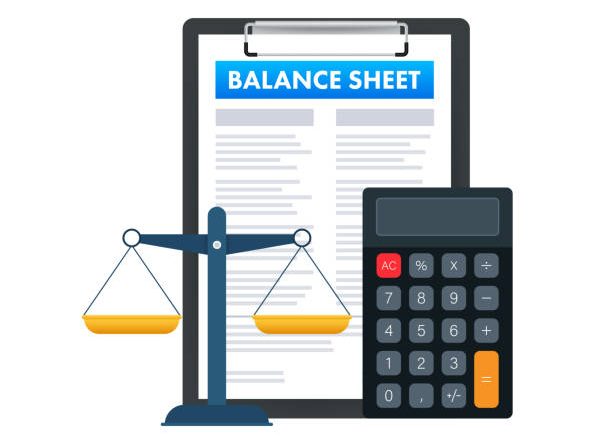Liability Calculator
Liability Calculator
A liability calculator is a tool used to calculate the relationship between a company’s assets, liabilities, and equity, which is represented by the fundamental accounting equation: Liabilities = Assets – Equity. The balance sheet equation is a key tool in financial analysis and decision-making, and it helps to ensure that the accounting records of a company are accurate and balanced.
To use the liability calculator, you will need to enter the values for the company’s assets, and equity. The calculator will then automatically calculate the missing value based on the balance sheet equation.
Here are the steps to use the balance sheet equation calculator:
- Enter the value for the company’s assets in the designated field.
- Enter the value for the company’s equity in the designated field.
- Calculator will automatically calculate liabilities.
Like Liability Calculator, you may also use an Evaporative Cooling Size Calculator.
Liability Calculator Formula
The equation “Liabilities = Assets – Equity” is known as the balance sheet equation, or accounting equation, which is the fundamental equation in accounting that represents the relationship between a company’s assets, liabilities, and equity.
The equation states that a company’s total liabilities equal its total assets minus its equity. In other words, a company’s assets are financed by either liabilities or equity. Liabilities are the debts or obligations owed by the company to external parties, while equity represents the residual interest in the assets of the company after deducting liabilities.
For example, if a company has total assets of $500,000 and total equity of $200,000, then its total liabilities can be calculated as:
Liabilities = Assets – Equity
Liabilities = $500,000 – $200,000
Liabilities = $300,000
This means that the company owes $300,000 in debts or obligations to external parties. The balance sheet equation is used to ensure that the accounting records of a company are accurate and balanced, and it is a key tool in financial analysis and decision-making.

Frequently asked questions
Some of the mostly asked questions are as follows:
What is a balance sheet?
A balance sheet is a financial statement that reports a company’s assets, liabilities, and equity at a specific point in time. It provides a snapshot of a company’s financial position and is used to assess the company’s liquidity, solvency, and financial health.
What is the purpose of a balance sheet?
The purpose of a balance sheet is to provide an overview of a company’s financial position at a specific point in time. It helps investors, creditors, and other stakeholders to understand a company’s financial health, liquidity, and solvency
What are assets in liability calculator?
Assets are the resources owned by a company that have monetary value and are expected to provide future economic benefits. Examples of assets include cash, accounts receivable, inventory, property, plant, and equipment.
What are liabilities?
Liabilities are the obligations or debts owed by a company to external parties. They represent the company’s financial obligations and include accounts payable, notes payable, salaries payable, and long-term debt.
What is equity in liability calculator?
Equity represents the residual interest in the assets of a company after deducting liabilities. It represents the amount of value that belongs to the owners of the company and includes capital contributed by the owners, retained earnings, and other comprehensive income.
How is the balance sheet equation calculated?
The balance sheet equation is calculated as Liabilities = Assets – Equity. This equation represents the fundamental relationship between a company’s assets, liabilities, and equity and ensures that the accounting records of a company are accurate and balanced.